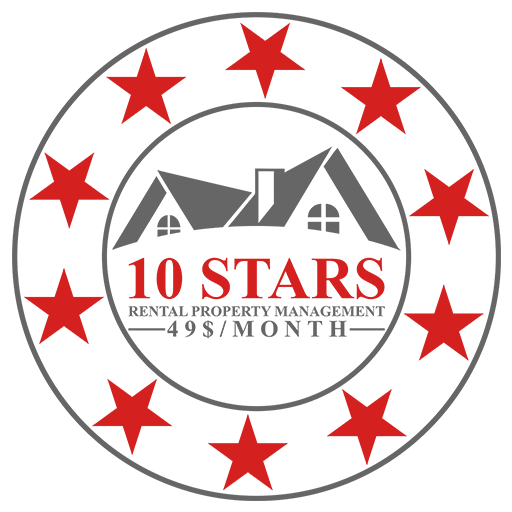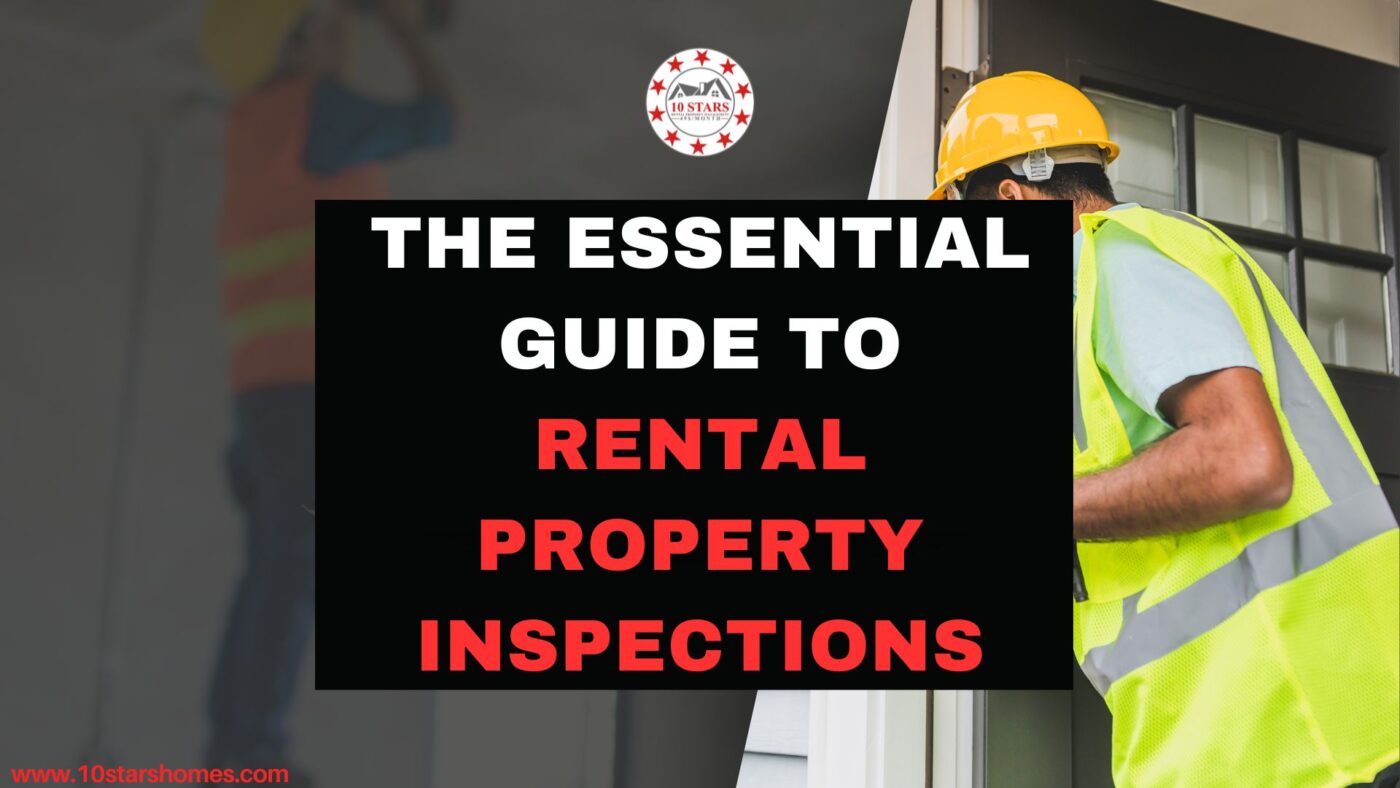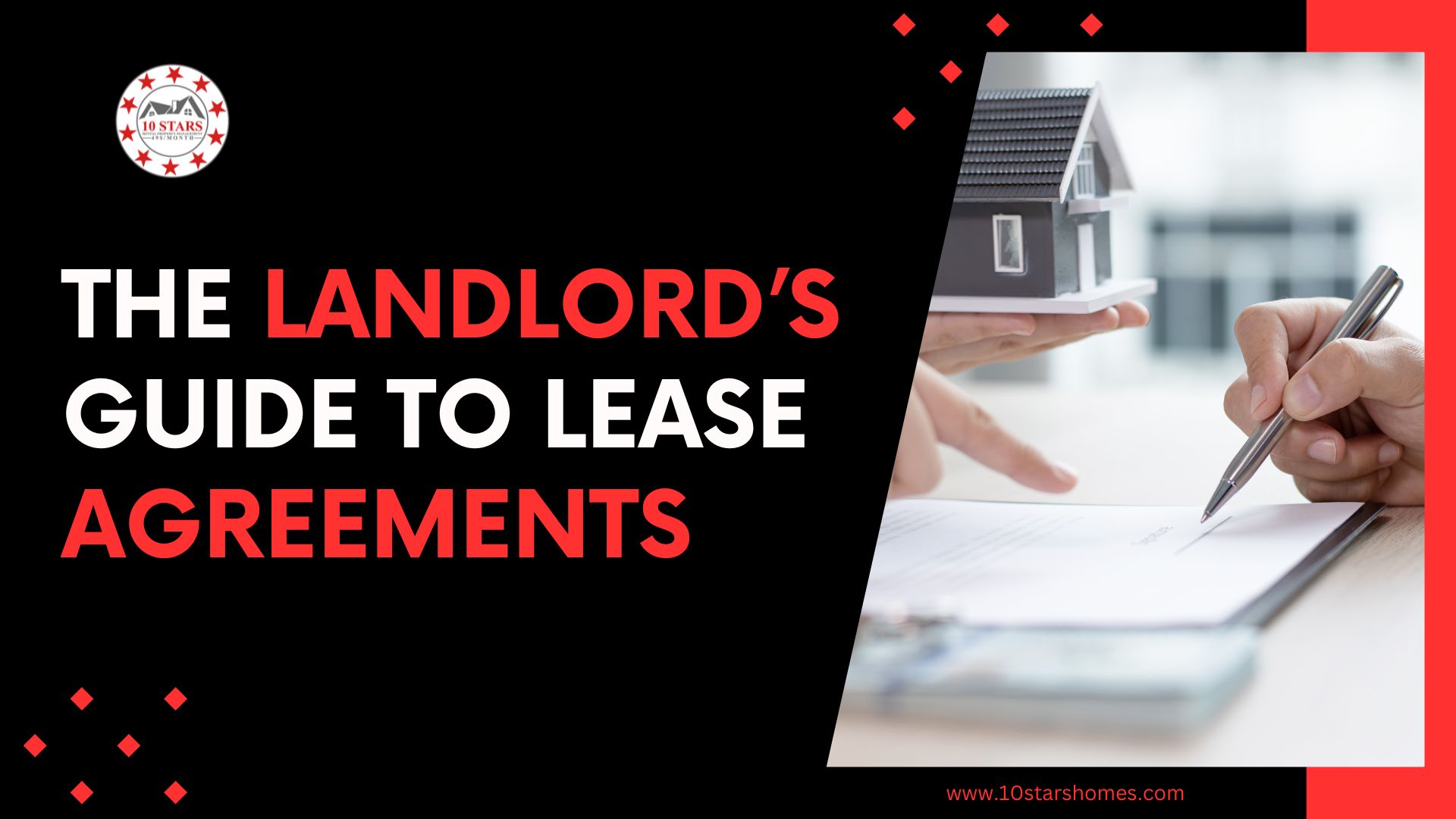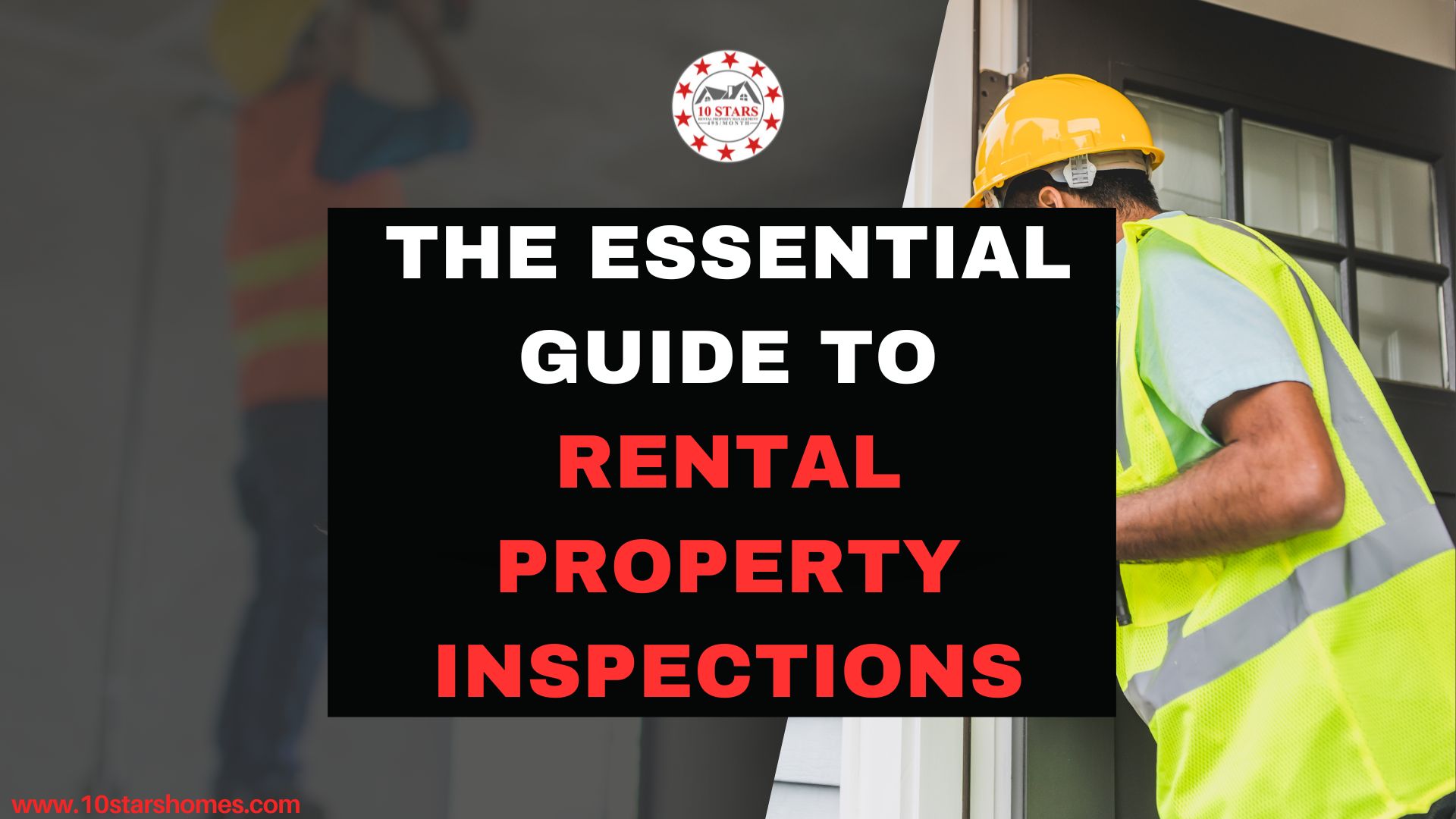Renting out a property can be a lucrative investment, but it comes with its fair share of responsibilities. One of the key aspects of property management is conducting regular rental property inspections. These inspections are essential for maintaining the condition of your property, ensuring tenant satisfaction, and complying with legal requirements. In this comprehensive guide, we will walk you through everything you need to know about rental property inspections, from why they are crucial to how to conduct them effectively.
The Importance of Rental Property Inspections
Rental property inspections are a crucial aspect of property management that benefits both landlords and tenants. These inspections help landlords maintain the condition of their properties, ensure tenant satisfaction, and comply with legal requirements. For tenants, inspections provide a safe and habitable living environment.
Types of Rental Property Inspections
There are three main types of rental property inspections:
-
Move-In Inspections: These inspections are conducted when a new tenant moves into the property. They document the property’s condition at the beginning of the lease, which can be useful for resolving disputes when the tenant moves out.
-
Routine Inspections: These are periodic inspections conducted during a tenant’s lease term. They help identify maintenance issues early and ensure that the tenant is adhering to the lease terms.
-
Move-Out Inspections: These inspections occur when a tenant moves out. They compare the property’s condition to the move-in inspection report to determine any damages beyond normal wear and tear.
In the following sections, we’ll explore each type of inspection in more detail.
Pre-Inspection Preparation
Notify Tenants
Before conducting any inspection, it’s essential to notify your tenants in advance. Typically, landlords must provide a written notice at least 24 to 48 hours before the inspection. This notification allows tenants to prepare and ensure that the property is accessible for the inspection.
Gather Necessary Tools and Documents
Before starting an inspection, gather the tools and documents you’ll need. This includes a checklist, inspection report forms, a camera or smartphone for photos, a flashlight, and any maintenance or repair materials you might require. Having everything ready will make the process smoother and more efficient.
Types of Rental Property Inspections
Move-In Inspections
Move-in inspections are typically the first step in the landlord-tenant relationship. Here’s what you should know about them:
-
Purpose: To document the condition of the property before the tenant moves in. This establishes a baseline for assessing damages later.
-
Checklist: Create a comprehensive checklist that covers all areas of the property, including walls, floors, ceilings, appliances, plumbing, and electrical systems.
-
Photographs: Take clear photographs and videos to provide visual evidence of the property’s condition.
Routine Inspections
Routine inspections are conducted periodically during a tenant’s lease term. Here’s how to approach them:
-
Frequency: Determine how often you’ll conduct routine inspections, such as quarterly or semi-annually.
-
Communication: Inform tenants about the upcoming inspection and the date and time it will occur.
-
Checklist: Use a standardized checklist to assess the property systematically. Look for maintenance issues and lease violations.
Move-Out Inspections
Move-out inspections are essential when a tenant vacates the property. Here’s what you should focus on:
-
Purpose: Compare the property’s condition to the move-in inspection report to identify any damages beyond normal wear and tear.
-
Checklist: Use the same checklist from the move-in inspection to ensure consistency and fairness.
-
Security Deposit: Assess any damages and determine whether deductions are necessary from the tenant’s security deposit.
Conducting the Inspection
Room-by-Room Inspection
Inspect the property room by room, following your checklist diligently. Pay attention to the condition of walls, floors, windows, doors, appliances, plumbing fixtures, and any other features. Look for signs of damage, wear and tear, or violations of the lease agreement.
Checklist for Inspection
A comprehensive checklist is your best friend during property inspections. It ensures that you don’t overlook any critical areas and helps maintain consistency between inspections. Your checklist should be tailored to your property’s specific features and any unique lease agreements.
Addressing Maintenance and Repairs
During the inspection, if you identify maintenance issues or needed repairs, address them promptly. Timely maintenance prevents minor problems from becoming major, costly issues. Communicate with the tenant about the required repairs and establish a clear timeline for resolution.
Communication with Tenants
Setting Expectations
Effective communication with tenants is vital throughout the inspection process. Be clear about the purpose of the inspection, the expected duration, and any specific areas you’ll be focusing on. This transparency helps reduce tenant anxiety and fosters a positive landlord-tenant relationship.
Maintaining Professionalism
Approach the inspection with professionalism and respect for the tenant’s privacy. Always ask for permission before entering any room occupied by the tenant. Avoid making judgmental comments or criticisms during the inspection.
Addressing Tenant Concerns
Tenants may have questions or concerns during the inspection. Be prepared to address these professionally and provide clarification when needed. Address any issues or disputes that arise during the inspection process with patience and fairness.
Documenting the Inspection
Inspection Reports
Create detailed inspection reports that include the date, time, and names of those present during the inspection. Document your findings systematically, noting any damages or issues discovered. Both you and the tenant should sign the inspection report, acknowledging its accuracy.
Photographs and Videos
Visual evidence is invaluable in rental property inspections. Take clear and time-stamped photographs or videos of any areas of concern. These visuals serve as objective documentation of the property’s condition.
Addressing Maintenance and Repairs
Timely Repairs
After identifying maintenance issues or needed repairs during an inspection, address them promptly. Timely repairs are not only legally required in many cases but also contribute to tenant satisfaction and the long-term condition of your property.
Handling Disputes
If a dispute arises between you and the tenant regarding the inspection findings, try to resolve it through open communication
and negotiation. Here are steps to help handle disputes effectively:
-
Review the Inspection Report: Go over the inspection report together with the tenant. Discuss the specific issues or discrepancies in detail. Ensure that both parties understand the content and findings of the report.
-
Provide Evidence: If you have photographs or videos that support your findings, share them with the tenant. Visual evidence can often clarify the situation and help resolve disputes.
-
Listen to Tenant Concerns: Give the tenant an opportunity to voice their concerns and explain their perspective. Be empathetic and open to their feedback, even if you disagree.
-
Seek Mediation: If you and the tenant cannot reach an agreement, consider involving a neutral third party or mediator. This person can help facilitate discussions and find a compromise that both parties are comfortable with.
-
Refer to Lease Agreement: Review the lease agreement to determine whether the issue in question is covered. Lease agreements often outline responsibilities and expectations regarding property condition and maintenance.
-
Legal Consultation: If the dispute remains unresolved, consult with a legal professional who specializes in landlord-tenant matters. They can provide guidance on the best course of action to protect your rights and interests.
It’s important to handle disputes with professionalism and a commitment to finding fair and reasonable solutions. Resolving conflicts amicably benefits both you and your tenant and helps maintain a positive landlord-tenant relationship.
Legal Considerations
Local Regulations
Rental property inspections are subject to local, state, and federal laws and regulations. Familiarize yourself with the specific requirements and guidelines in your area. These regulations may dictate the frequency of inspections, notice requirements, and procedures for handling security deposits.
Tenant Rights and Privacy
Tenants have rights regarding privacy and the timing of inspections. Always respect these rights by providing proper notice and conducting inspections during reasonable hours. Unauthorized entry or excessive intrusion can lead to legal consequences.
Additionally, it’s crucial to understand fair housing laws and ensure that inspections are conducted without discrimination. Treating all tenants equally and fairly is not only legally required but also essential for maintaining a positive reputation as a landlord.
Benefits of Rental Property Inspections
Preventive Maintenance
Regular inspections help identify and address maintenance issues before they escalate. This proactive approach can save you money in the long run by preventing costly repairs and property deterioration.
Property Value Preservation
Maintaining your property’s condition through inspections ensures that it retains its value over time. Well-maintained properties are more attractive to potential tenants and can command higher rental rates.
Tenant Retention
Tenants appreciate landlords who are attentive to property maintenance and respond promptly to repair requests. By conducting inspections and addressing issues proactively, you can enhance tenant satisfaction and encourage long-term leases.
Conclusion
Rental property inspections are a fundamental aspect of successful property management. Whether you’re a seasoned landlord or new to the rental business, understanding the ins and outs of inspections is essential for maintaining your property’s condition, complying with the law, and fostering positive tenant relationships.
Remember that rental property inspections are an ongoing process. They require consistent effort, clear communication, and a commitment to maintaining the property’s value and habitability.
By following the guidelines in this essential guide, you’ll be well-equipped to conduct rental property inspections effectively, protect your investment, and provide a safe and comfortable living environment for your tenants. Elevate your property management game through thorough inspections, and enjoy the rewards of a well-maintained rental property.





